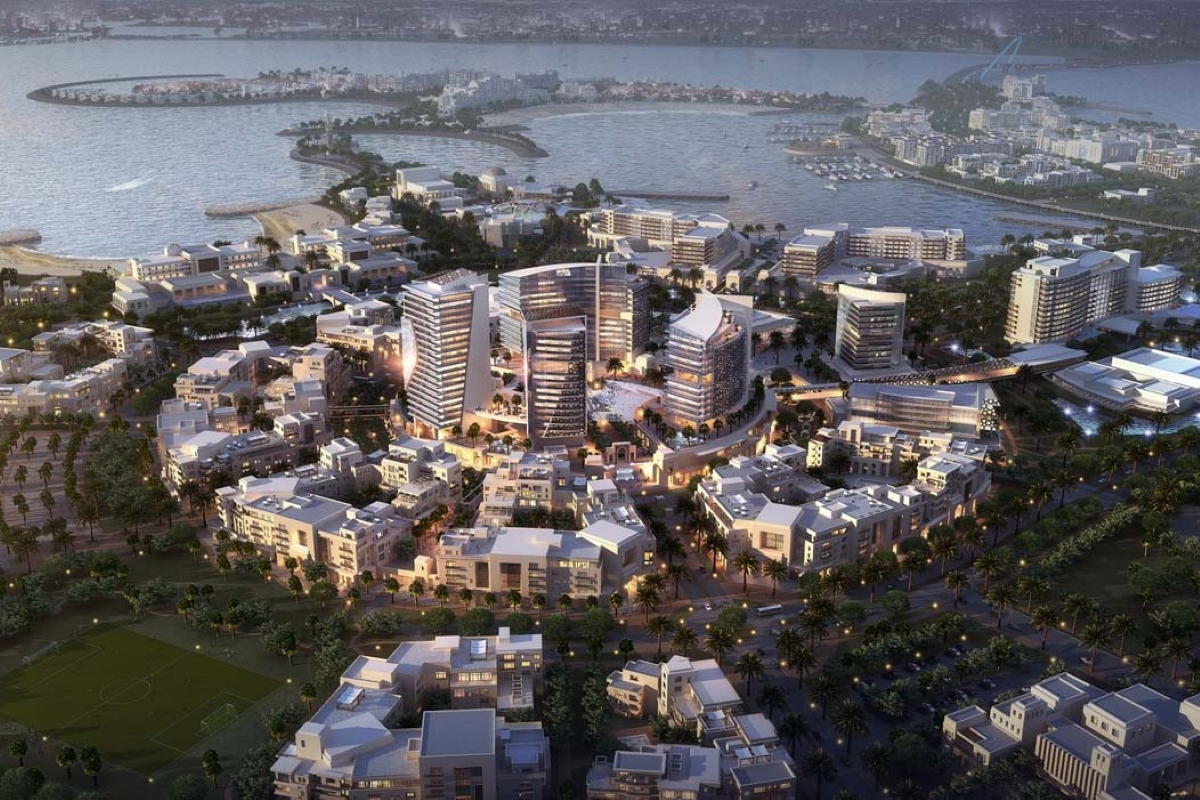The Customer-First Approach to Creating the Airport of the Future

Skift Take
This sponsored content was created in collaboration with a Skift partner.
Airlines and airports are entering into an age of technological innovation and advancement.
With just a little over a hundred years of flight operations under its belt, the air transport industry is all too well accustomed to change and adopting new technologies to streamline their operations and improve the customer travel journey. However, airports have been slower to react – leaving us with airport infrastructures and passenger travel experience on the ground that has changed little over the last 50 years.
The cry for change is coming from all directions and pressuring the broader transportation industry to deliver new solutions to improve efficiency, eliminate traveler stress and significantly revamp the customer experience at the airport. This is especially critical since the majority of airline and airport customers’ time is spent queuing, watching and waiting while in the airport. Adding momentum to the need for change, travelers now expect their travel experience to be the same as their social, banking and retailing experiences — connected, context rich, convenient and personalized.
The ideal day of travel for all travelers is one in which the airport experience is completely transparent and seamlessly integrated, as well as where they are in control —or feel in control — of the interaction with the airline, airport and all providers that service them.
For the airline, a key element in enabling this level of experience is the empowerment of airport staff to address and resolve customer needs immediately, anywhere and at any time, especially during a service disruption. For airports, this implies a dynamic and robust communication rich infrastructure to cope with the flexible needs of both the airline and the traveler. Thus, the airport of the future is an intelligent environment: connected, immersive, personalized and multi-sensory.

Any new approach to airport day-of-travel journey must deliver a personal experience matching with travelers’ expectations. This may include removal of all process queues and uninterrupted passenger flow; invisible security processing and elimination of personal intrusions; increase in traveler discretionary time and entertainment options; custom, contextual information delivery; or transforming the airport experience to be personalized and tailored by every individual customer.
To learn more about transforming the airport experience, download the Customer-Centric Airport whitepaper here:
Download the Report, Free!
This post is brought to you in sponsorship with our partner, Sabre.





